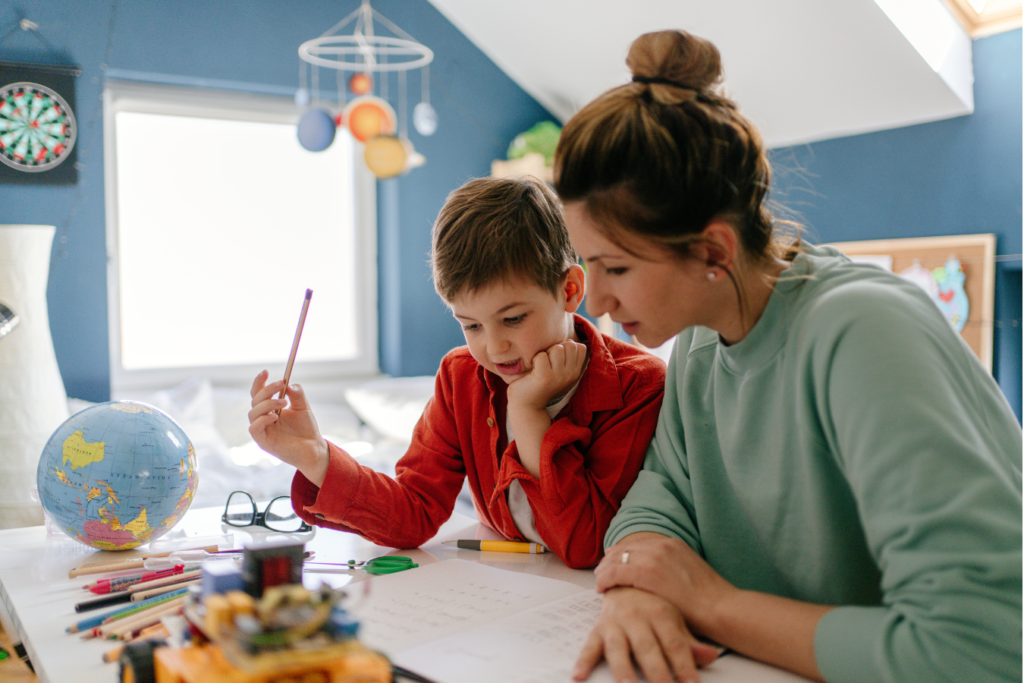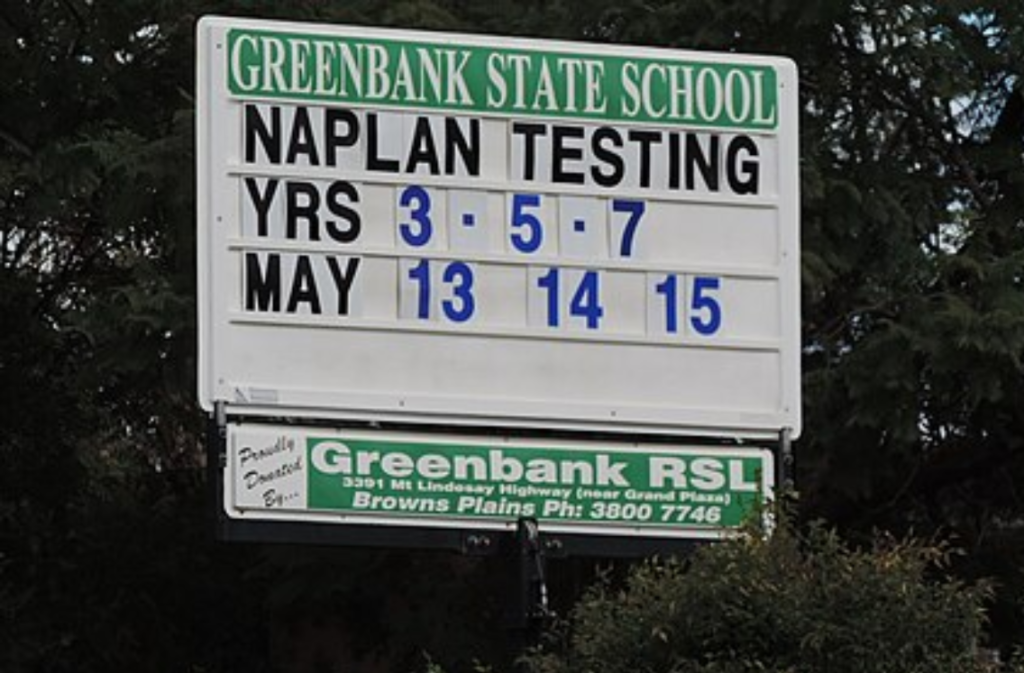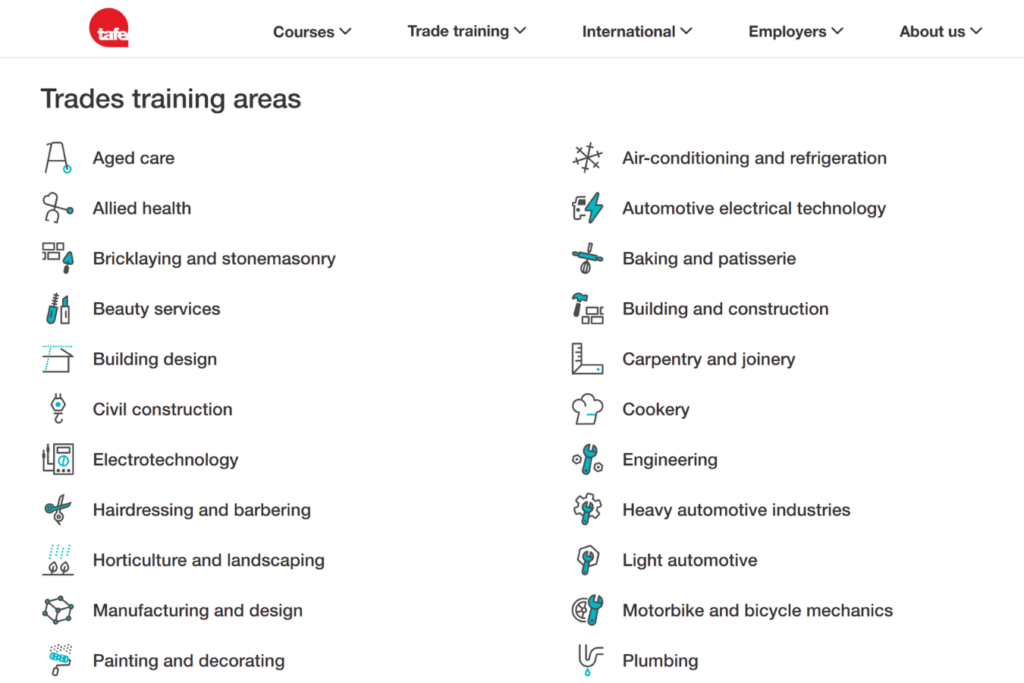Australian Education System: Everything You Need to Know About Its 6 Stages
The Australian education system is renowned for its high standards and diverse opportunities. Whether you’re a parent planning to move to Australia or looking to make informed decisions about your child’s education, this comprehensive guide will walk you through everything you need to know about schooling in the Land Down Under.
Structure of the Education System
Australia has a diverse education system, typically divided into 5 main stages:
Early Childhood Education
For children aged under 5, this includes daycare, preschool, and kindergarten. These early learning environments focus primarily on play-based education, helping young children develop essential social skills while laying the groundwork for future academic success. Parents can choose from both public and private providers, with many offering programs that align with the Early Years Learning Framework.
There are multiple childcare services to consider, including:
- Long Day Care: Full-day care for children aged 0-5 years, typically provided in centers for a full day (10-12 hours). This is ideal for working parents, as they often operate from early morning til late afternoon. Fees can range from AUD70-200/day, depending on the centre’s location, reputation and facilities.
- Family Day Care: Care provided in a home setting by registered caregivers, suitable for smaller groups of children. This is a great option for families seeking a more home-like environment for their child. Typically costs between AUD10-15/hr, which may vary based on the carer’s qualifications and experience.
- Occasional Care: Flexible care options for parents needing short-term childcare, on an as-needed basis. This is a great option for parents who need intermittent childcare, or someone to watch their child occasionally. The price here can range from AUD5-15/hr, depending on location and availability.
- Before and After School Care: Programs for school-aged children (usually 5-12 years) before and after school hours. As the name suggests, this is a good option for parents who require childcare outside of standard school hours. The fees can range from AUD15-30.
- Preschool (Kindergarten): Preschools offer educational programs for children 3-5 years old, preparing children for primary school. This is a prime option for parents seeking quality educational programs before their child starts primary school. Prices vary from AUD80-150/day, depending on the institution and programs provided.
The Australian government also offers various subsidies to help families afford childcare, such as Child Care Subsidy (CCS), a financial assistance program based on family income, the number of children in care, and the type of care used.
Primary School
This usually covers children aged 5-12 and consists of seven years of schooling (Kindergarten to Year 6). Core subjects like English, math, science and physical education (PE) form the foundation of all further schooling. There is often one teacher at these grade levels that teaches all subjects.
Middle School
Usually ages 13-15, covering Years 7-9, middle school introduces specialised subjects and rotating class schedules, as well as different teachers for different subjects. This is a crucial time for all students to experience what they enjoy and which subjects they wish to pursue further into their high school education.
High School
For adolescents aged 15-17, Years 10 to 12, includes more specialisation through subject selection, career guidance and work experience opportunities. Years 11-12 focus further on ATAR scores (generalised academic score) for university pathways.
Tertiary Education
After high school, students may choose to pursue vocational training or university studies. Vocational education and training (VET) is usually preferred for industry specific qualifications such as for electricians or plumbers, while university studies are the more common pathway for most students.
School Year Structure
The Australian school year typically runs from late January or early February to December, divided into four terms, each term being 10 weeks, followed by 2 weeks off. While the exact dates can vary by state and school, the format is generally the same across the country. Australia’s summer holidays last 2 months between early December and late January.
Types of Schools
Australia offers various types of schools for children, tailored to different needs and preferences:
Public Schools (Government Schools)
Funded by the government, public schools generally offer free tuition for residents. They are run by the state or territory, meaning they typically follow the Australian schooling curriculum quite strictly. Given the fact that these schools are free, they typically have a diverse student body, which can be very beneficial for social learning and development, however in some circumstances, can be damaging to the process and progress of learning. These schools often place limitations on who can enroll into the school, including specific zoning rules to allow the children located closest to the school to attend and limit commuting time.
You can search schools across Australia through ACARA.
Private Schools
These schools are independent and charge tuition fees. They often offer varied subjects, religious education, and many have smaller class sizes and additional resources, which might include improved technology in the classroom or science lab, greater access to external institutions, or offer more frequent school excursions. These schools also have greater autonomy when it comes to the curriculum set in the classroom, which means they can be more creative and specialised in what they offer children. Furthermore, given the smaller class sizes, each child can receive a more personalised learning experience.
Schools360 lists the best private schools in Sydney and Melbourne, while ExcelAcademics lists both the best private and public schools in Queensland.
Catholic Schools
A subset of private schools, Catholic schools provide education based on Catholic values and teachings, and they often have lower fees than other private options. It’s important to note here, however, that you or your family don’t necessarily have to be Catholic to enrol in this type of school, as long as you’re open to your child being involved in some religious practices, such as crosses in the classrooms or occasional prayer. These schools usually offer a fantastic academic education also, and often receive grants for further development, meaning that despite the tuition being somewhat lower than regular private schools, the amenities and resources that are available might be at a very similar level.
Specialist Schools
These are designed for students with specific needs, such as those with disabilities, gifted students, or those focusing on arts, sports, technology, or other specialised fields. They may provide tailored programs that better meet individual learning requirements. This type of school is a great idea if you or your child wish to develop their skills further, while still getting all the required academic education. Specialised schools also often grant scholarships to exceptional students, which could significantly ease any financial burden.
This site is a fantastic resource to search for specialised schools all over the country, from sport and performing arts, to bi-lingual schools or indigenous education, you will find it there. You can even search by special needs, such as physical disabilities, hearing impairments or language disorders.
You can also find the best sports schools in Australia here, the best visual arts schools here, the most innovative ones here and the best schools for children with a disability.
Home Schooling
Some families opt for home schooling, which allows parents to educate their children at home. This isn’t as simple as just deciding to homeschool, however, as there is a registration requirement with a state or territory education department, as well as adherence to specific regulations and the appropriate state curriculum. You can find all relevant details on the government’s website about home education.

This mode of schooling entails regular assessments and skill tests, just like regular schooling. Parent commitment and time availability perhaps play the biggest role here, as homeschooling can be a full-time journey for most parents.
Curriculum and Assessment
Australian Curriculum
Most schools follow the Australian Curriculum, which covers key learning areas such as English, Mathematics, Science, Humanities, and the Arts. Each state may have its variations, but the key subjects are consistent. The Australian curriculum very often also references and teaches students about Aboriginal and Torres Strait Islander culture and connection to land, which allows not only Australian children, but also all foreign and international children to learn about the history of the country and its people.
STEM education (Science, Technology, Engineering, and Mathematics) is considered vital by the Australian Government for both current and future national productivity. Quality STEM education is one of the top priorities in the current curriculums, as is digital literacy and ethics.
NAPLAN
The National Assessment Program – Literacy and Numeracy (NAPLAN) is conducted each year for students in Years 3, 5, 7, and 9 to assess their literacy and numeracy skills. It helps track progress and identify areas for improvement, both on an individual and school-wide level.

This then allows the school governing bodies to make any necessary adjustments to their academic programs to either enhance general literacy and numeracy, or maintain it if already at a high level. Any students that are found to be well below the regional and national average are supported in their studies and if applicable, further steps can be taken to ensure they are not falling behind in their education.
International Baccalaureate (IB)
The IB program is a prestigious global education system that operates in more than 150 countries with over 5,000 IB World Schools, including Australia. The program works quite differently from the Australian Curriculum, offering specialised courses such as Theory of Knowledge (TOK), Creativity, Action and Service (CAS) and classes such as business or psychology, however it still works alongside the national curriculum with mandatory subjects such as English, math and a selected science.

Moreover, given its more rigorous academic approach, and the fact that the IB is an international program, IB students have a competitive edge in university admissions and their future careers. Upon graduation, IB scores are converted to their equivalent ATAR for university admission purposes. It’s important to consider whether this is the right choice for your child, as the workload is significantly higher than that of the regular schooling system in Australia.
Admission and Enrollment
How to Enroll
Enrollment processes can vary between each individual school, so it’s always best to contact the school directly for admission details. For public schools, children usually enroll based on their residential address, however there are exceptions to this also. If you’re also looking for accommodation right now, check out our post on that here.
To enroll your child, you’ll need to complete application forms, and provide required documents including birth certificates, medical information, and previous education details. Both state schools and non-state schools (Catholic and independent) have their own enrollment processes, with non-state schools typically accepting applications up to 2 years in advance, while state schools generally allow enrollment one year ahead.
Age Requirements
Most children start kindergarten (or prep) at age 5, but regulations can differ by state. There is also some leeway when it comes to enrolling as an international student, as this is often done as a combination of prior education and age. This means that even if age-wise the child might be placed in a higher Year level, they could be allocated to a lower Year level to ensure equal educational opportunities for all children.
Support Services
Australia recognizes the importance of catering to diverse learning needs, and almost all schools offer varied services to help its students succeed.
Special Education Services
Most public schools provide support for students with disabilities or learning difficulties. Schools may offer individual education plans (IEPs) to ensure tailored support, which is often followed with a dedicated teacher or support worker. Some schools also offer separate classrooms and groups children together to provide them with the best care and appropriate attention to meet their learning needs.
Counselling Services
Many schools have counselors available to support students’ mental health and well-being, helping address various emotional challenges. These counselling services are not paid and are very positively viewed, so there’s no negative stigma placed on children that make use of this service. Sometimes, children may choose to see a counselor for career guidance or special assistance with a situation in their life, so this service is not reserved for issues or problems only. This service could be a feature to pay attention to when choosing a school.
Extracurricular Activities
Schools in Australia often encourage participation in extracurricular activities, which play an important role in social development and broader learning experiences, as well as usually dramatically increasing contentment and enjoyment of school in general.
Some of the most common extracurricular activities fall into these categories:
- Sports: team sports, individual sports, gym, swimming, dance, gymnastics
- Music: playing an instrument, singing classes, school band, orchestra
- Drama: drama club, school play, improvisation (improv) classes
- Art programs: drawing class, painting, sculpting, clay work
- Social clubs: debate club, language lessons, community service, school government, politics club, chess club
All of these activities are just examples, however they all provide opportunities for children to explore their interests and talents outside the classroom. You never know – they might have a hidden talent!
Depending on the school type, these could either be free or paid, so do your due diligence to research what each school you’re considering offers. Extracurricular activities are a fantastic way to make new friends with similar interests, develop new skills and even new passions.
Some clubs or student organisations also offer excursions, including field trips, camps, cultural experiences and/or sports carnivals. This makes joining such an activity even more fun and educational at the same time.
Transition to Tertiary Education
As students approach the end of secondary school, they have various options for their future paths:
Higher Education
Students can apply for universities or colleges based on their ATAR (Australian Tertiary Admission Rank), which reflects their academic performance in the final years of high school. It’s important to note here that the greatest weight is (generally) given to the very final year and exams of high school, so even if a child had lower grades earlier in their schooling, it might not be significantly evident in their ATAR score.
Each individual university and each individual course offered has its own admittance prerequisites. Some courses might require a lower ATAR, while for the more specialised courses, such as law, medicine or psychology, a higher ATAR score will most likely be required. It’s always important to research these prerequisites well ahead of time to avoid any disappointments once high school is over. Most universities also offer scholarship opportunities, usually offered to exceptional students, typically covering either the first year or the full 3-4 year university course, depending on the university.
As with anything related to university education, it’s always a good idea to do research in advance to avoid any surprises, especially if you’re planning on applying to a prestigious university, where spaces might be very limited.
If, even after all research and best intentions, you or your child aren’t accepted to university, there’s always the VET education route, as below.
Vocational Education and Training (VET)
This option allows students to acquire practical skills and qualifications tailored to specific industries, in some cases even while still in high school. VET education is great for all practical skills and apprenticeships/traineeships for positions such as electricians, plumbers, builders, mechanics or even nurses. Many VET providers have industry partnerships to allow you to study and work in your field at the same time.
The most popular VET provider in Australia is TAFE (Technical and Further Education). TAFE has its branches in all states, and it offers a very wide variety of courses and diploma programs.

This includes:
If your initial application to university wasn’t successful, doing a certificate or course at TAFE is a great step to gain more knowledge and experience in your field, allowing you to start working and gaining even more experience, either without the university degree at all, or as a stepping stone to re-applying to university.
Conclusion
The Australian education system’s strength lies in its ability to combine academic excellence with inclusive practices, creating pathways for all students to succeed. Whether through public or private education, academic or vocational training, the system provides multiple routes to achievement and personal growth. For families navigating this educational landscape, understanding these various components helps ensure informed decisions that best serve their children’s needs and aspirations.
As education continues to evolve globally, the Australian system maintains its commitment to innovation while preserving its core values of equity, excellence, and opportunity.
Good luck – you’ve got this!


